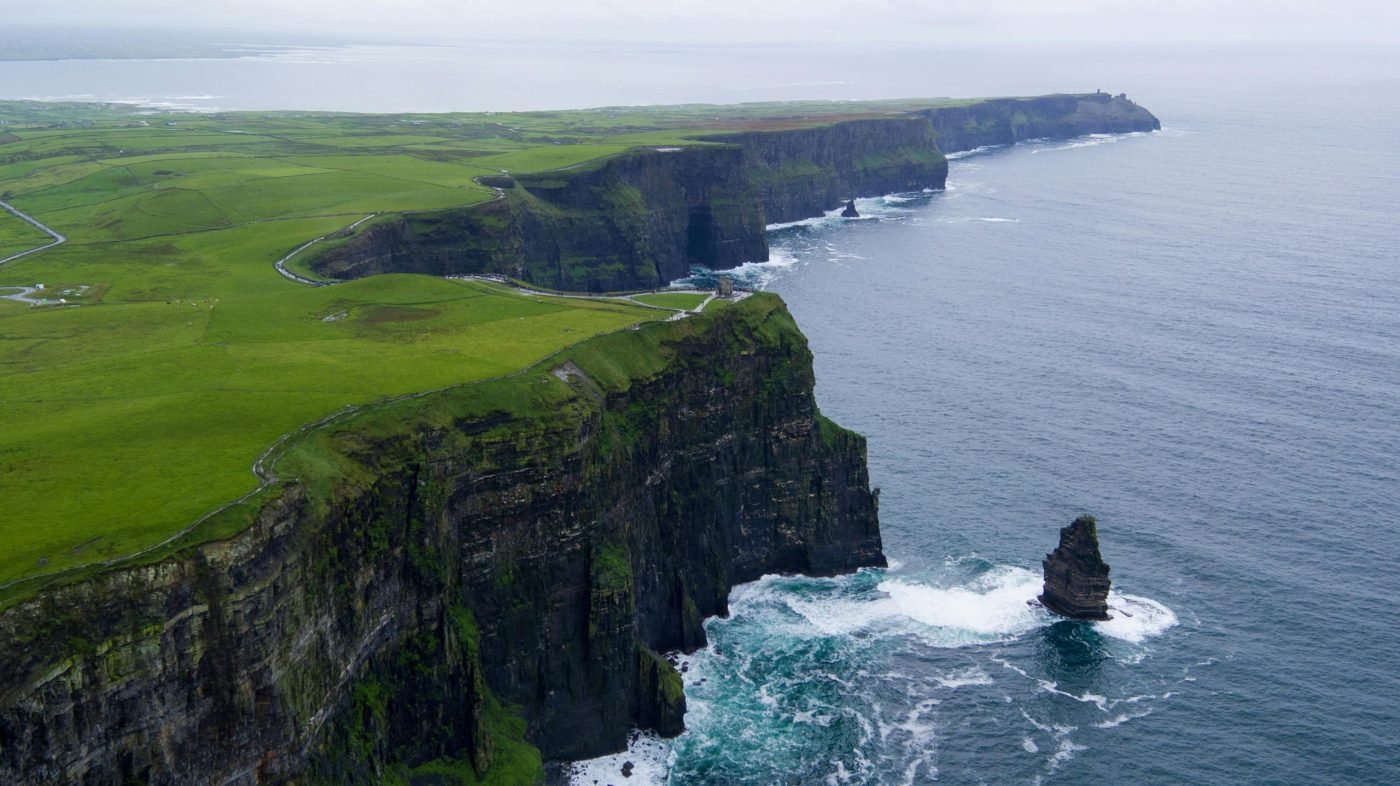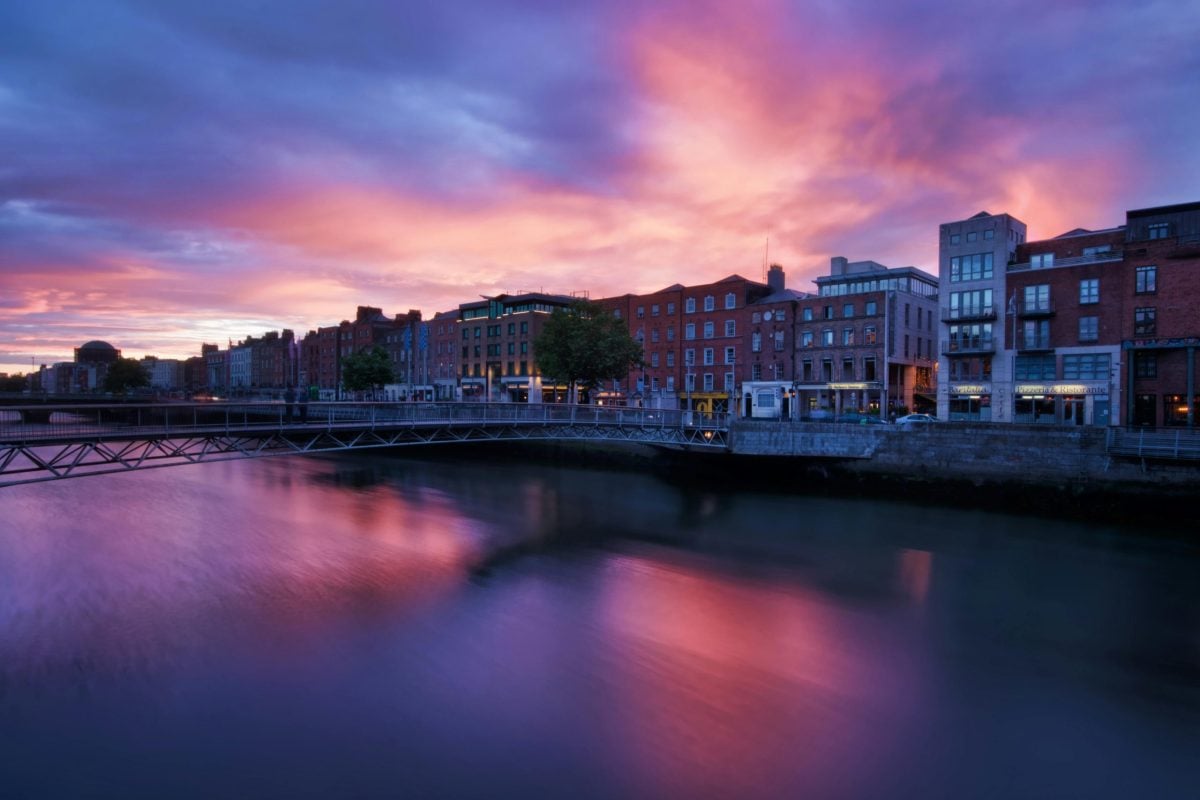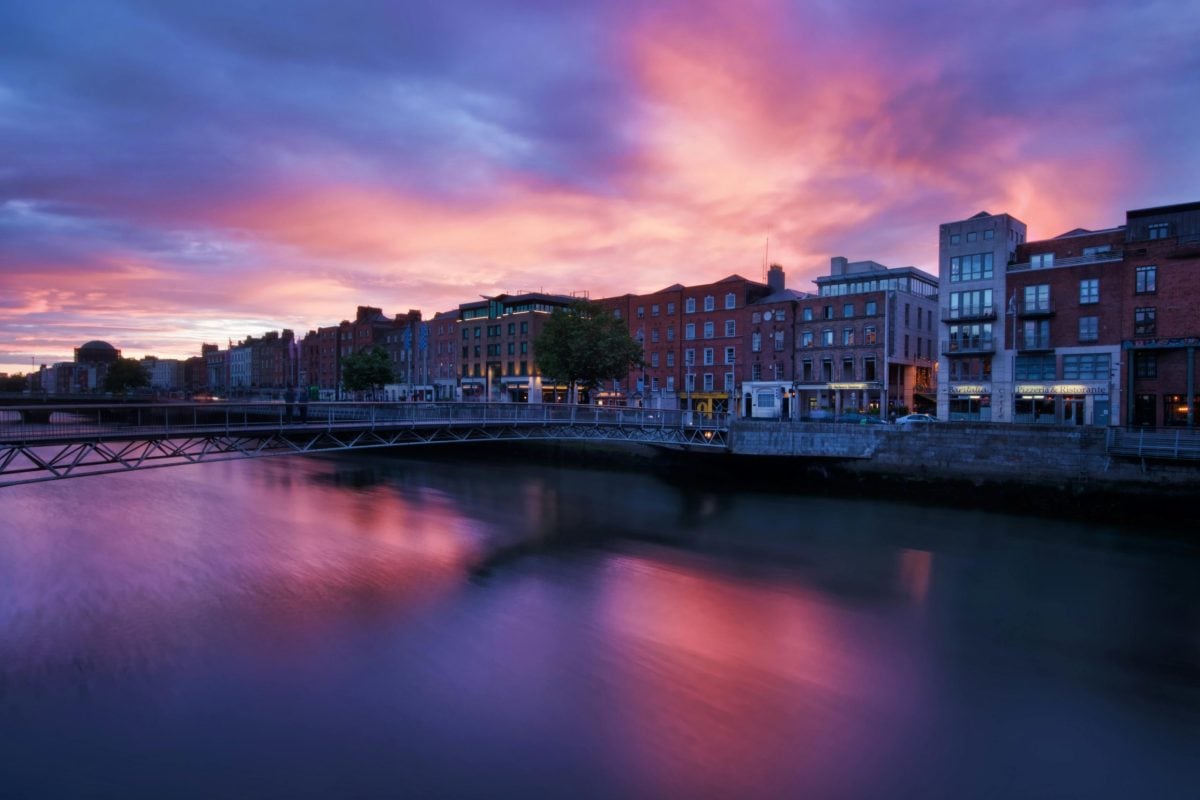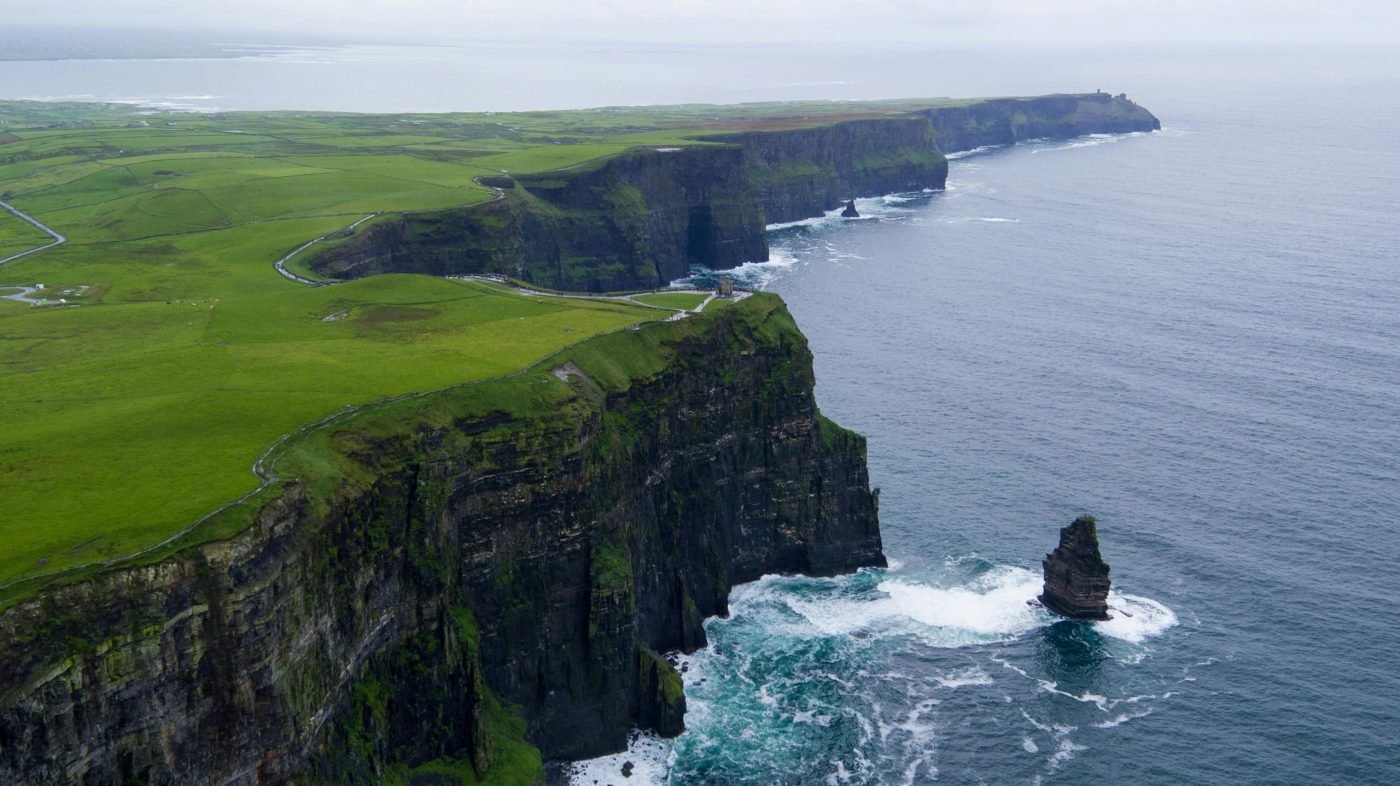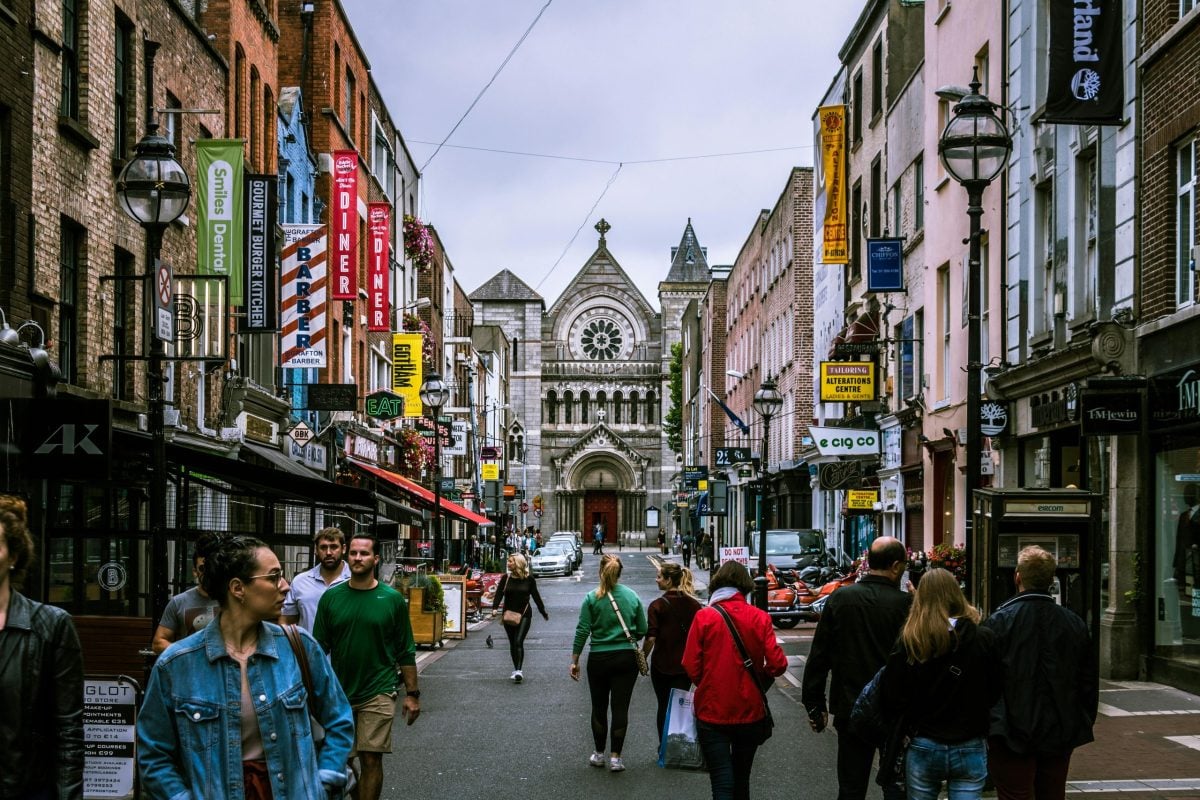The Day the Irish Nation Laughed Through Its Tears: Remembering the Remarkable Legacy of Brendan Behan
Estimated reading time: 5 minutes
Key Takeaways
- Brendan Behan was a poet and playwright whose works captured the essence of Irish humor and suffering.
- His legacy ignited discussions about identity and culture in Ireland.
- Behan’s life story reflects the tumultuous journey of a nation seeking freedom.
Table of Contents
Introduction
The Heart of the Story
The Wider Echo
The Now & The Next
Did You Know?
FAQs
Final Word
Introduction
On the bustling streets of Dublin, where laughter mingles with life’s sorrows, a voice rose like a sunbeam breaking through Irish clouds — the voice of Brendan Behan. A poet, playwright, and reckless spirit, he took the pain of an embattled nation and painted it with the vibrant hues of humor and humanity. As we gather to toast his legacy, we are reminded how, against all odds, the Irish heart can laugh even when it bleeds.
The Heart of the Story
Born in 1923 in the heart of Dublin’s inner city, Behan was forged in the fires of rebellion, a child of the revolution with poetry in his soul. He became a voice for those silenced, a chronicler of an Ireland wrapped in tumult and laughter. His works, like The Quare Fellow and Borstal Boy, pierced through the veil of despair, delivering raw honesty wrapped in humor. Brendan’s transformation from a young boy involved in the Irish Republican Army to a celebrated writer mirrors the tumultuous journey of a nation seeking freedom — not just from imperial chains, but from its own historical burdens. His life was a testament to the spirit of Dublin, a city of resilience, where every pub laughs louder and weeps deeper.
The Wider Echo
Behan’s legacy transcended the stage and spilled into the streets. He didn’t just write words; he ignited conversations about identity, culture, and struggle. His infectious laughter was a balm for a wounded society. Writer Seamus Heaney once remarked, “We are the place where the laughter of the dying and the din of the living coalesce.” In this sentiment, we find the heartbeat of Behan’s work, resonating with every generation — reminding us of our past while urging us to face the future with our heads held high, even amidst hidden tears.
The Now & The Next
Today, as we grapple with modern trials — housing crises, mental health struggles, and the diaspora’s distance — the laughter of Brendan Behan echoes like an old song in a new land. From the pub chats in Cork to the community halls in New York, his spirit thrives. He gives us permission to feel deeply, laugh heartily, and remember that our stories matter. We are called to gather around the table, just as Behan would have wanted, lifting a glass to our struggles and our triumphs, our laughter blending into the night.
Did You Know?
- Brendan Behan was fluent in both Irish and English, and his ability to articulate the struggles of his people in both languages remains an inspiration to writers today.
- Behan was imprisoned for his involvement in the IRA at a young age, but instead of silencing him, it fueled his passion for storytelling that resonates within the Irish identity.
FAQs
What impact did Brendan Behan have on Irish literature?
Behan’s writing laid the foundation for modern Irish drama. His unique blend of humor and tragedy continues to influence playwrights and writers across generations.
How was Behan’s work received during his lifetime?
Though Behan faced considerable criticism for his unconventional style, his works ultimately garnered admiration for their poignant themes, solidifying his position as one of Ireland’s literary greats.
Final Word
As we reminisce about the laughter that rang true even in the depths of sorrow, let us carry Brendan Behan’s spirit into our lives today. Every joy and every tear tells our story—one of resilience, hope, and the unyielding laughter of the Irish nation. If you carry the same pride we do, you’ll find a piece of home waiting at
HubIrish.com.




